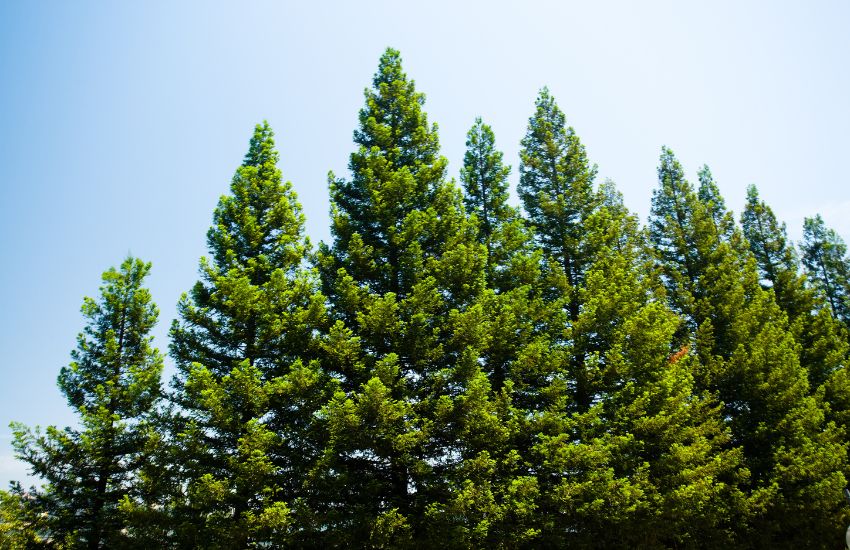
Table of Contents
Pine trees, with their towering stature and year-round greenery, stand as iconic figures in nature. Throughout various cultures and histories, these majestic trees have consistently symbolized strength, longevity, and fresh starts. Their resilience, even in the harshest conditions, makes them a fitting emblem of enduring power and tenacity. Let’s explore the history of pine trees as well as their meaning and significance.
History of the Pine Tree

Pine trees have a history that’s as deep-rooted as their own foundations. These ancient evergreens have been around for over 150 million years! While dinosaurs roamed our planet, pine trees stood tall, casting shadows over the prehistoric landscape.
What makes their journey even more fascinating is how they’ve adapted over time. Early pine trees were simple, with straightforward needle leaves. But over time they evolved, diversifying into over 120 different species scattered across the Northern Hemisphere. From the cold Siberian landscapes to the balmy Mediterranean coasts, pines found a way to thrive.
The pine has always been respected by humans. Ancient civilizations revered them for their resilience. The Greeks, for example, associated pine trees with the god Pan, celebrating it as a symbol of endurance. Meanwhile, native tribes in North America found uses for every part of the tree, from its bark to its resin, making the pine a cornerstone of their daily life. In this way, the pine tree has been an important part of human history.
What Does the Pine Tree Symbolize?

The pine tree is an iconic symbol appreciated worldwide. It holds deep symbolism, many stemming from its evergreen nature and long lifespan.
Endurance and Longevity
Pine trees stand tall and green, even in tough winter months. This resilience shows their power to endure and remain vibrant despite life’s challenges. Their evergreen nature reminds people to stay strong, just like pines that face cold, snow, and wind without losing their essence.
Immortality and Eternity
The continuous green of pines symbolizes eternal life and immortality. Year-round, they don’t change, making them a sign of timelessness, bridging the gap between the past, present, and future.
Hope and Resilience
When other trees shed leaves, pines remain unchanged. Their ability to flourish in adversity stands for hope and bouncing back no matter what life throws.
Protection and Stability
Pines, tall and sturdy, are nature’s protectors. They weather storms and act as shelter, signifying protection. Their height and strength symbolize stability in changing times.
Fertility and Regeneration
Pine cones are the woody fruit that come from pine trees. Each pine cone holds hundreds of seeds, keeping them safe by closing their scales to protect them from animals and cold temperatures. When it’s warm, the pinecone opens up and releases the seeds. This function has made the pinecone a symbol of life and renewal. They represent the cycle of life, from birth to growth, highlighting nature’s promise of continuity.
Peace and Serenity
Walking in a pine forest brings a sense of peace. The scent of the pine leaves adds to this atmosphere of calm and relaxation. Also, the trees’ height, soft rustling in breezes, and calm movements all add to the sense of peace.
Symbolism of the Pine Tree Across Cultures
Pine trees, with their unwavering posture and year-round green, aren’t just a testament to nature’s resilience; they carry stories, beliefs, and symbols that stretch across global cultures.
In Ancient Greece
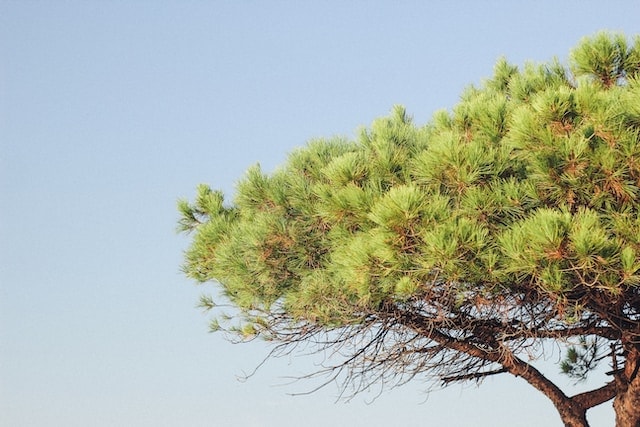
In ancient Western cultures, the pine tree was greatly valued. As we’ve already mentioned, the pine tree was connected to Pan, the god of nature and countryside music. People especially noticed pinecones because they seemed to last forever, even through tough winters. This made many believe that pinecones were symbols of long life and growth.
Over time, these ideas grew stronger, and the pine tree became a symbol of strength and endurance in Western stories and traditions, reminding people of nature’s power to stay standing, no matter the circumstances.
China
In Chinese culture, the pine tree is one of the “Three Friends of Winter” along with bamboo and plum blossom. These three are admired for their ability to withstand tough winter conditions. The pine, in particular, stands for strength and grace during hard times. People see it as a reminder that, like the pine, we too can face challenges with dignity.
It’s respected not just for its beauty but for its toughness and resilience, teaching us to stay strong no matter what. This symbolism has been cherished in China for centuries, underlining the importance of resilience in life.
Native American Tribes
In North America, many indigenous tribes greatly valued the pine tree. It was a symbol of peace and unity and played a big role in their daily lives. They used its bark for making canoes and houses, its resin to treat wounds, and turned pine needles into baskets and teas. The pine wasn’t just a symbol; it was a key resource for these tribes.
Japan
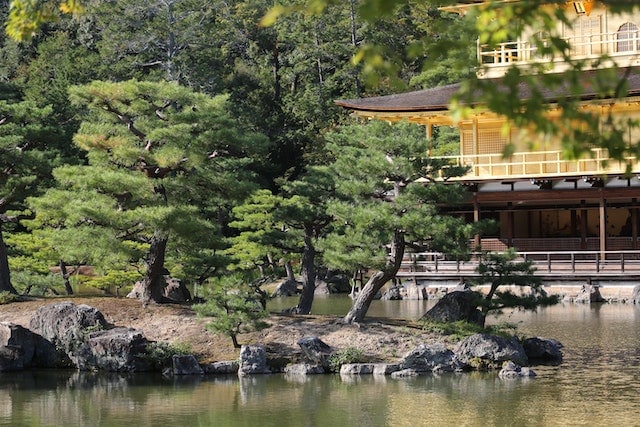
In Japanese culture, the pine tree stands tall as a symbol of endurance, longevity, and prosperity. Its evergreen nature makes it an emblem of unyielding strength, especially against the backdrop of Japan’s seasons.
As the New Year approaches, the pine’s significance increases. Houses and businesses display the Kadomatsu, a traditional decoration made from pine, bamboo, and sometimes plum tree sprigs. These arrangements, often placed at entrances, aren’t just ornamental.
They serve a vital spiritual purpose: acting as gateways to welcome ancestral spirits. The belief is that these spirits return during this period, and through the Kadomatsu, they bring blessings, good fortune, and protection for the upcoming year.
Celtic Traditions
For the ancient Celts, the pine tree held a special place in their spiritual and day-to-day lives. Dubbed the “sweet-smelling tree,” it was more than just an aromatic presence in their lush woodlands; it was a beacon of wisdom and enlightenment.
According to certain legends, the tree’s innate ability to channel the knowledge of the ancients and provide clarity to those who sought it. The pine needles, steeped in rich traditions, played an essential role in their rituals.
Druids and healers would harness their energy to craft remedies and protective charms, believing in their power to cleanse, heal, and banish negative energies, making way for positivity, hope, and rejuvenation.
Modern Symbolism of Pine Trees
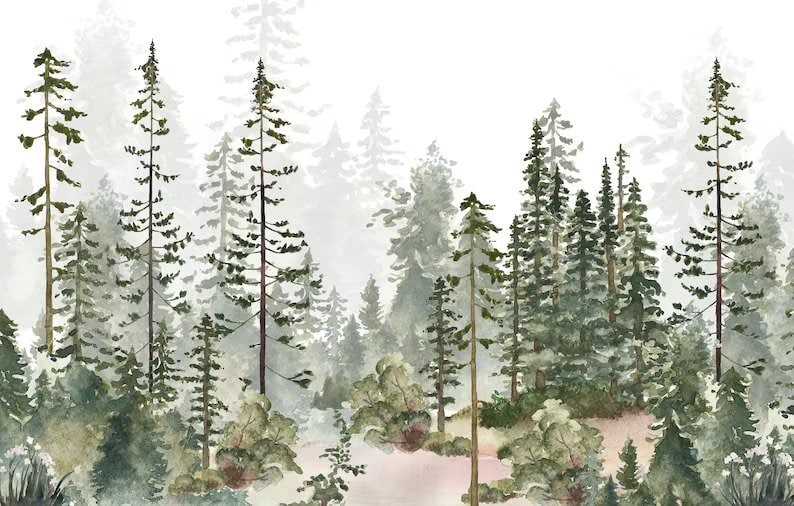
The pine tree holds rich symbolic meanings even in our modern age:
- Sustainability: Pine trees symbolize green practices today. As environmental concerns grow, these trees are a sign of renewable resources due to their quick growth and use in eco-friendly logging.
- Holidays: Come Christmas, and you’ll think of pine trees. They embody the holiday season’s cheer, warmth, and generous spirit, being central to Christmas traditions worldwide.
- Home: Pine’s fresh scent is now common in household items, suggesting a clean, peaceful home environment.
- Strength: Despite urbanization, pine trees stand firm. They remind us of resilience and adaptability amidst life’s rapid changes.
- Investment: Some financial circles use “pine tree” to talk about long-term growth, much as the tree takes time to grow tall.
- Wellness: Seeking calm? Pine forests are popular retreat spots. Their tranquil surroundings and distinct aroma offer a mental reset, emphasizing their therapeutic importance.
What Does the Pine Tree Symbolize Spiritually?
The pine tree holds deep spiritual meaning in many cultures. Its ability to stay green in winter symbolizes lasting life, strength, and determination. People see its tall growth as a sign of reaching for higher spiritual connections.
Many find peace and a feeling of spiritual refreshment in pine forests because of their calm environment and pleasant smell. Some also view the pinecone as a symbol of spiritual insight, relating it to the “third eye” concept. In essence, the pine tree stands for life, strength, and spiritual growth.
The Biblical Significance of the Pine Tree
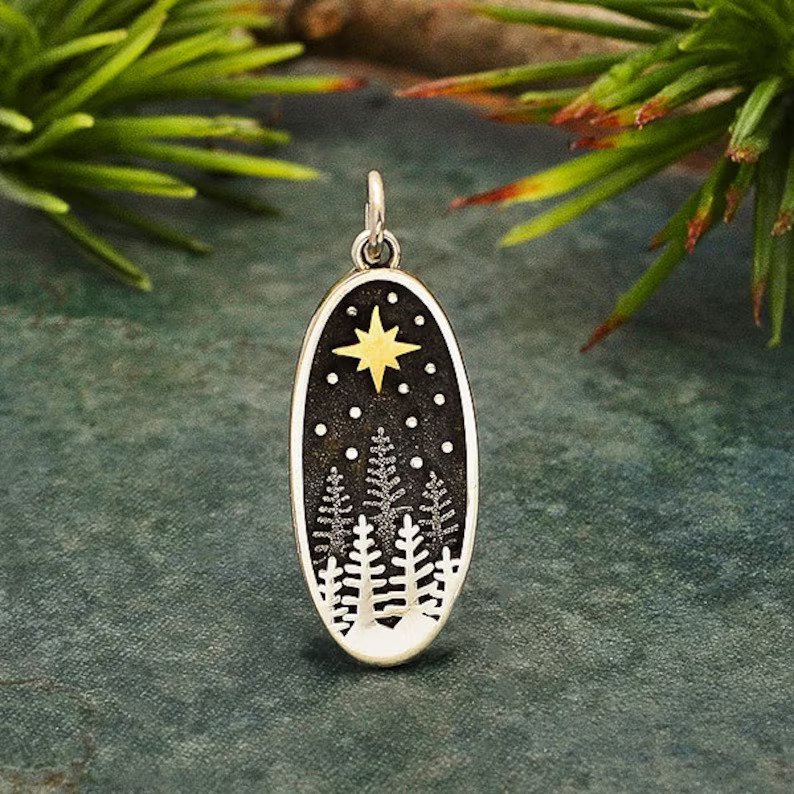
The pine tree is significant in the Bible and Christianity. It’s mentioned in Isaiah 41:19, symbolizing God’s promise to provide and support.
“I will plant in the wilderness the cedar, the shittah tree, and the myrtle, and the oil tree; I will set in the desert the fir tree, and the pine, and the box tree together.” Isaiah 41:19
In Psalm 104:17, it represents protection and stability, as it offers birds the opportunity to make their homes.
“There the birds make their nests;the stork makes its home in the pine trees.” Psalm 104:17
In Christianity, the pine’s prickly branches is a reminder of the thorny crown Jesus wore, and its shape represents the cross. In short, the pine tree in the Bible teaches us about faith, resilience, and the sacrifices Jesus made.
Wrapping Up
The pine tree, with its enduring strength and evergreen nature, serves as a profound symbol across cultures. Whether representing resilience, faith, or eternal life, its deep-rooted symbolism offers a timeless reminder of nature’s wisdom and the lessons it brings to us.
Related articles
Surprisingly Deep Meanings of the Pinecone
Traditional Reiki and Its Four Symbols: Power and Controversy
Golden Spiral: What Does This Ancient Symbol Mean?
Acorn Symbolism: What Does this Little Nut Mean?








